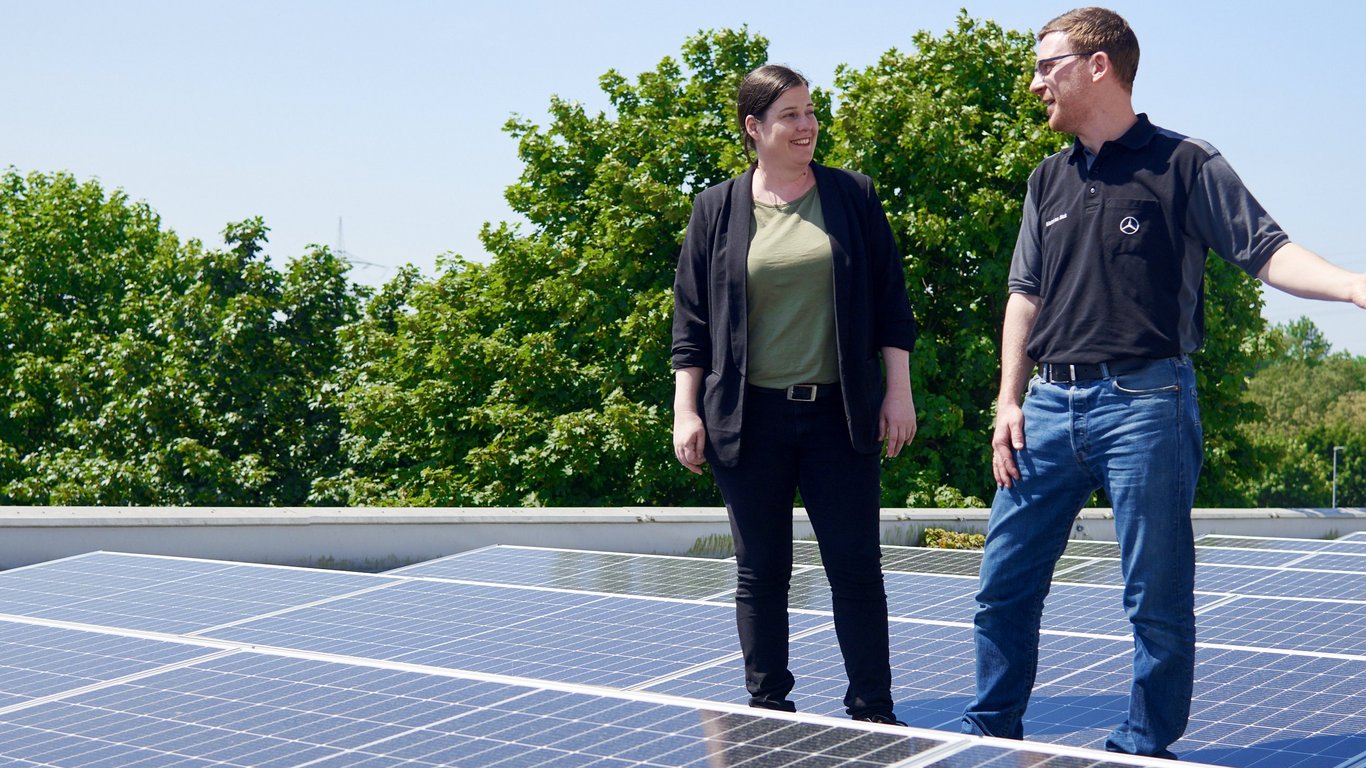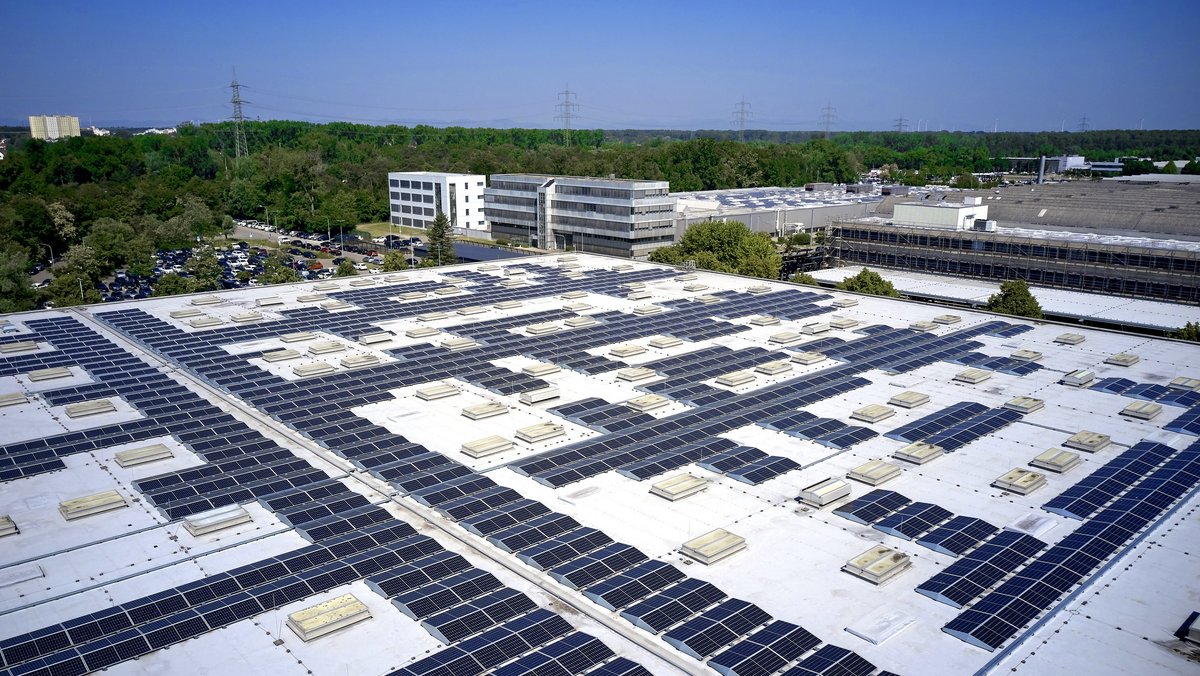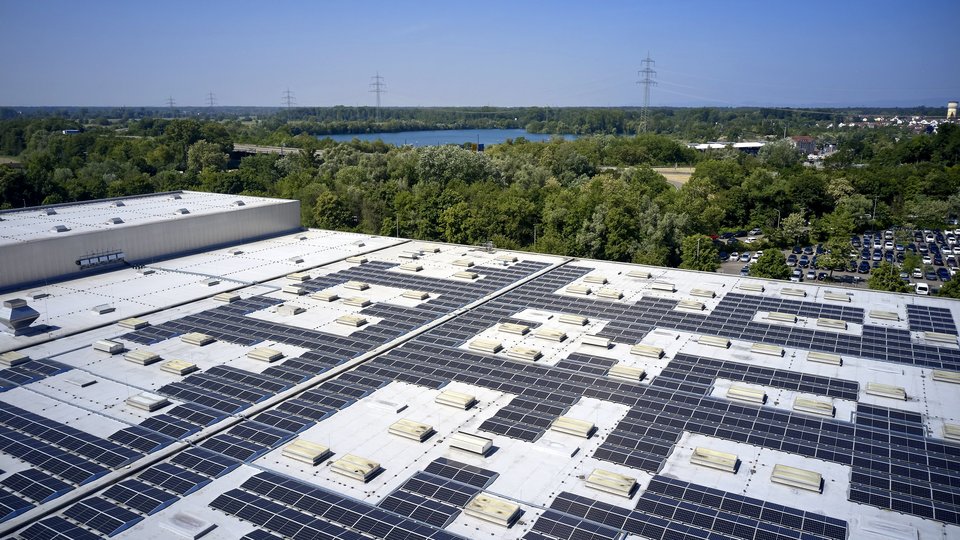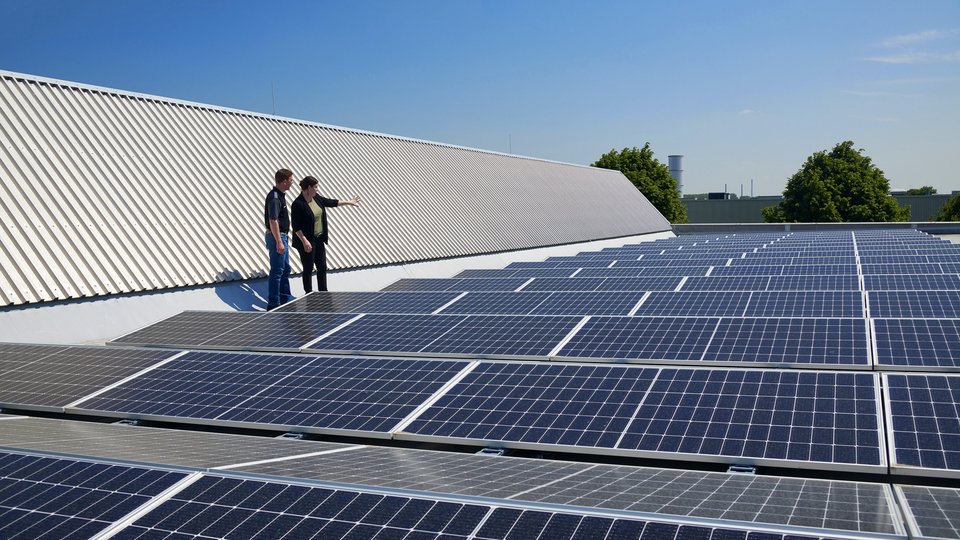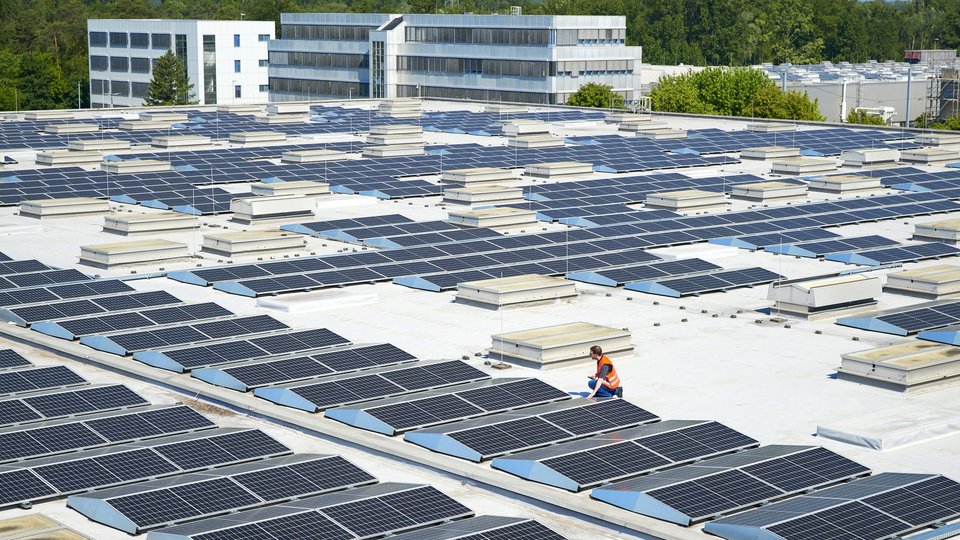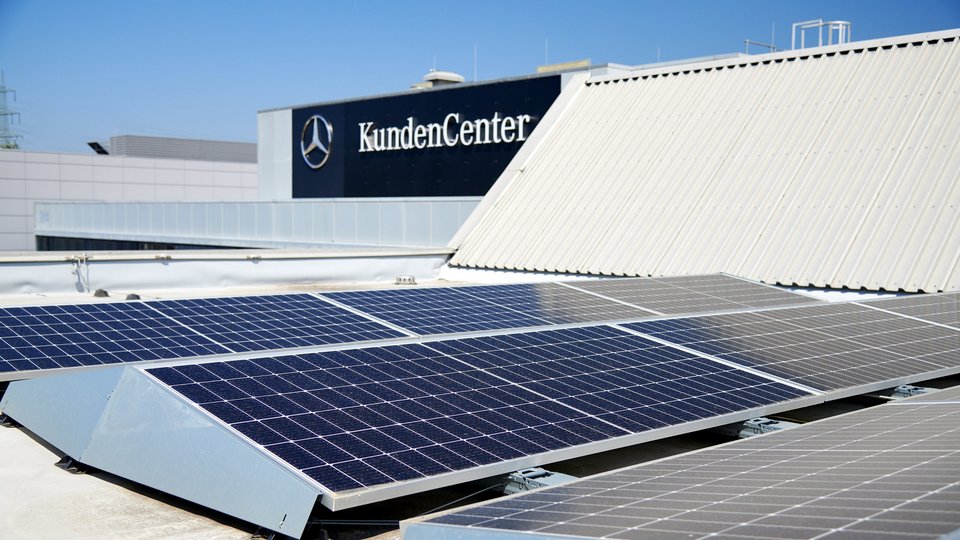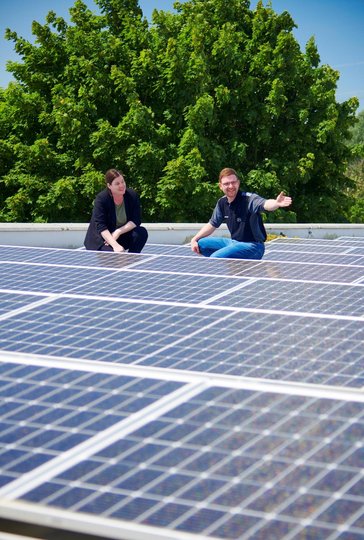19.06.2024 | Sustainability
We are working on making our production environmentally friendly and reducing CO2 emissions as well as resource consumption. As part of this, we are focusing in our plants on renewable energies. Photovoltaic systems are installed on the huge roof areas of our production site in Woerth, with which the plant is driving forward the path to a sustainable production. We take a look behind the scenes and find out who is responsible for the installation of these panels.
